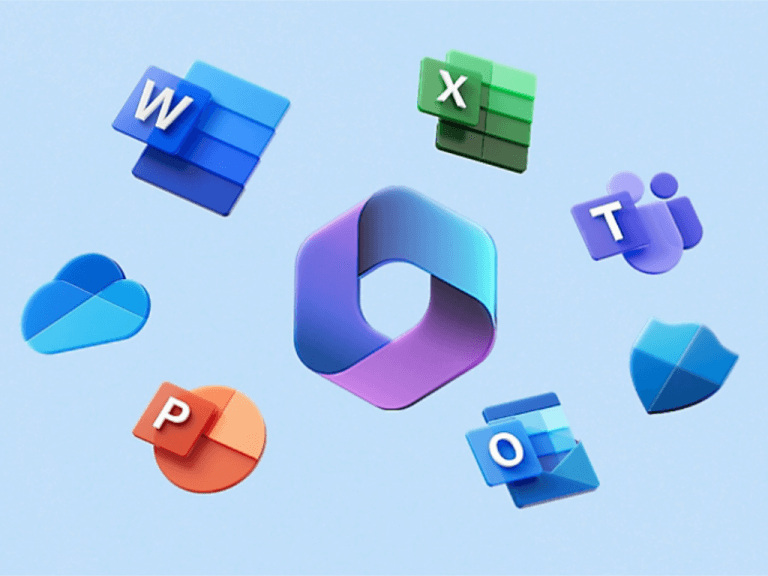The Department of Defense (DoD) is set to launch its secret-level version of Microsoft 365, aptly named DOD365-Secret, across the high-security networks of its top Pentagon offices this month.
The deployment marks a significant leap for the DoD, embracing cloud computing at classified levels and streamlining and unifying the tools used by senior leaders and their support staff to handle sensitive information, Federal News Network reported.
The Defense Information Systems Agency (DISA) has been diligently testing the new service, DOD365-Secret, since January and is now prepared for a full-scale implementation across the 17 components of the Office of the Secretary of Defense (OSD).
Danielle Metz, the Chief Information Officer of OSD, shared the transformative impact of this move in an interview with Federal News Network, highlighting the convergence of personnel onto a unified platform equipped with the advanced collaborative capabilities of Microsoft Teams.
The integration will enable seamless chat, video conferencing, and real-time document collaboration within a secure cloud-based environment, representing a significant technological leap for the defense sector.
Recognizing the complexity of the existing network infrastructure, Metz emphasized the role of cloud-based solutions in creating a standardized and cohesive digital experience across various OSD sub-offices. As part of her office’s broader mission, Metz aims to establish a robust governance structure and foster a community of practice to facilitate the smooth transition to cloud services.
Effectively what this does is it brings everybody together — we’re all on Teams and getting the same collaborative experience where we’re able to do chat, we’re able to do video, we’re able to collaborate on documents all at the same time, we’re able to store it in a cloud-based environment. None of that exists right now on the classified side, but we are at the precipice of having all of this at our fingertips.
The ultimate goal is to enhance the efficiency and agility of OSD’s operations through the systematic adoption of cloud technology.
“The networks are still going to be what they are, and there are some modernization activities associated with bringing those up to a better standardized and consistent digital experience,” Metz stated. “But I think we’re showcasing the importance of being able to all be in the same environment to work more jointly to collaborate.”
“We want to be able to standardize at least what we think the business processes are to help inform the technical processes to determine which systems and workloads need to be moved to a targeted cloud environment,” Metz added, underscoring the importance of establishing a robust framework to facilitate the smooth transition to cloud-based operations within the OSD.


